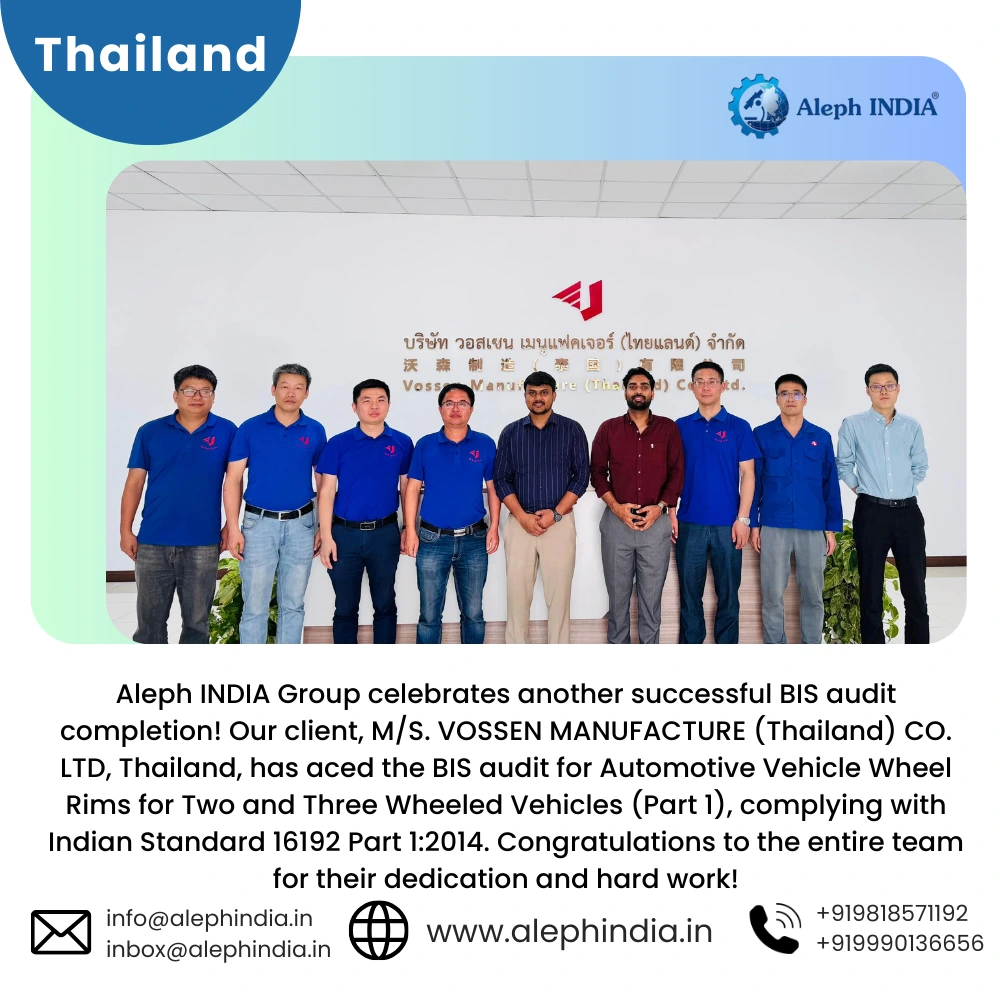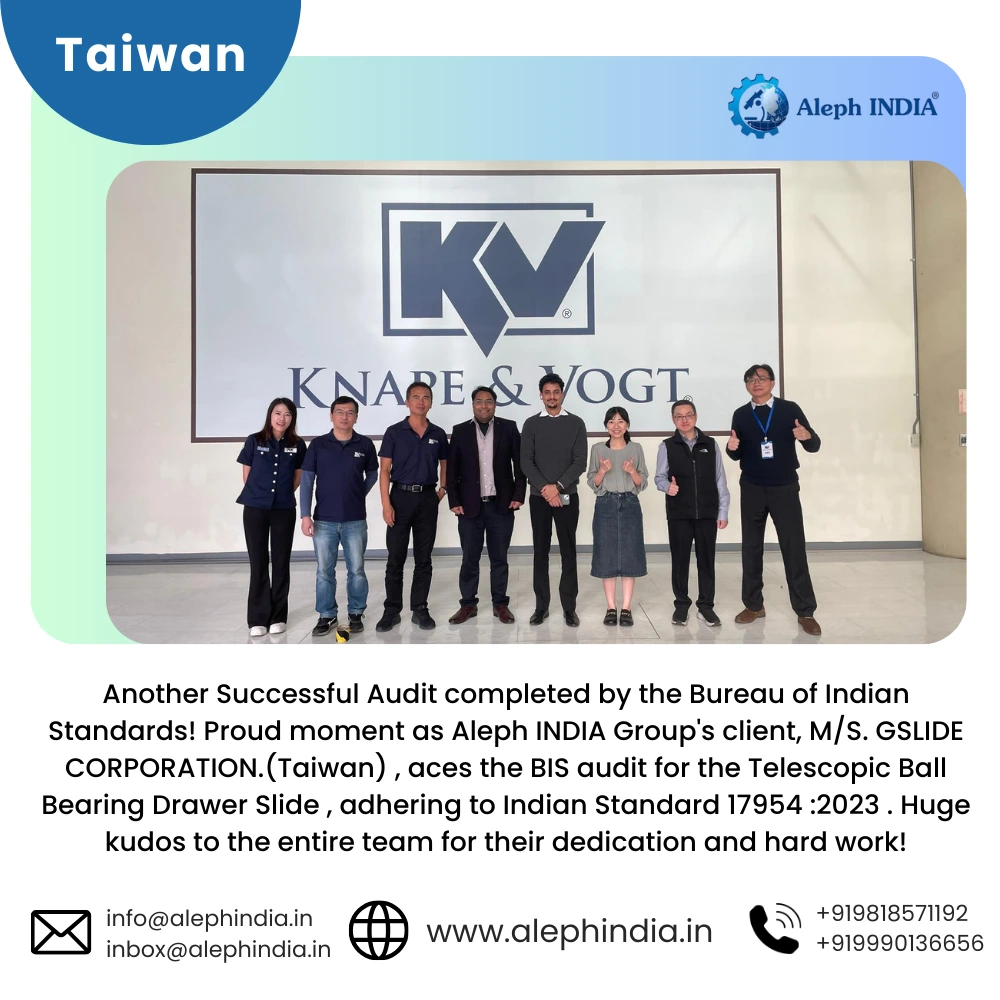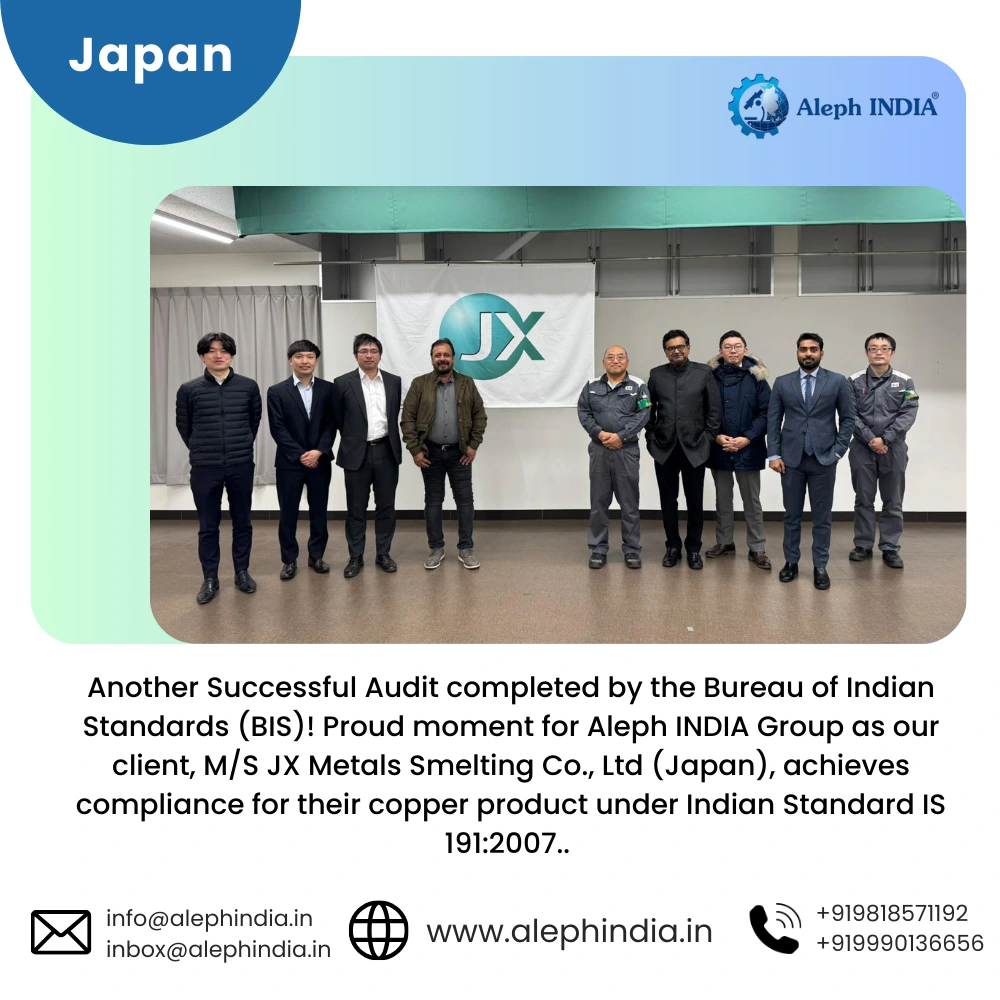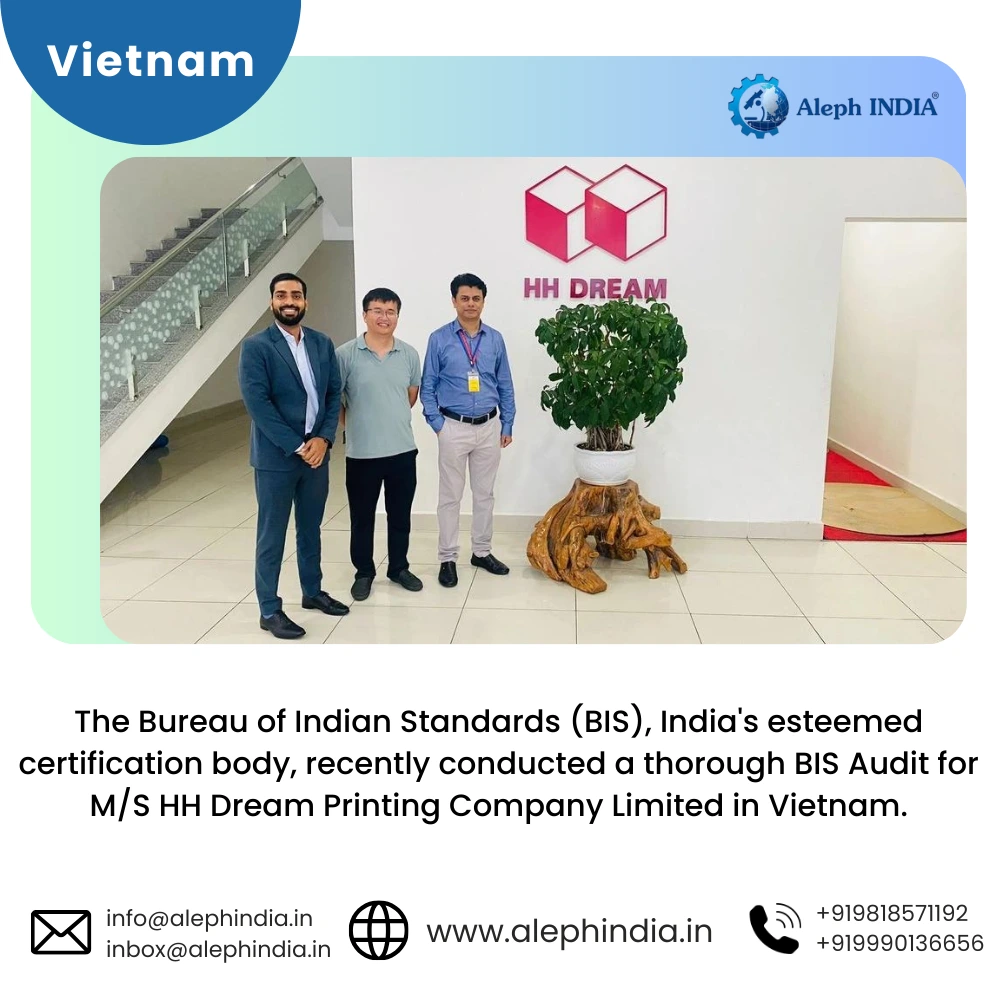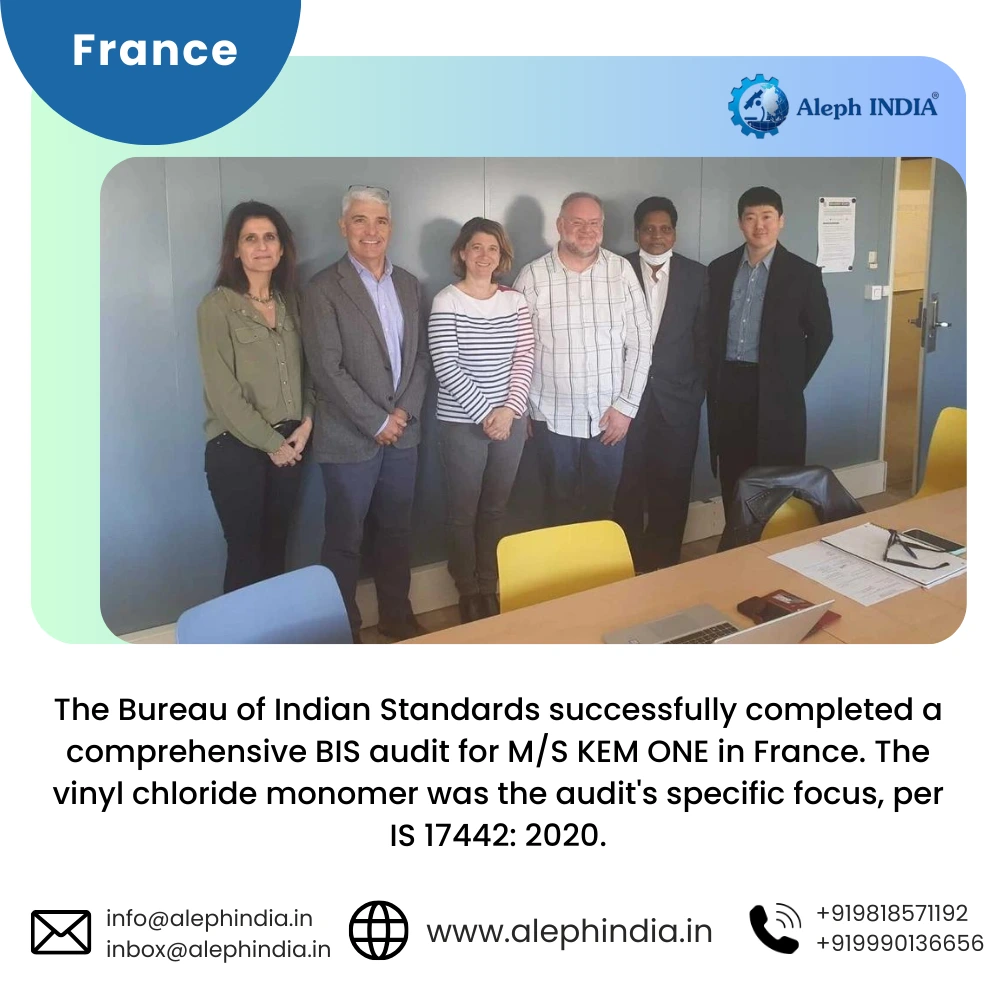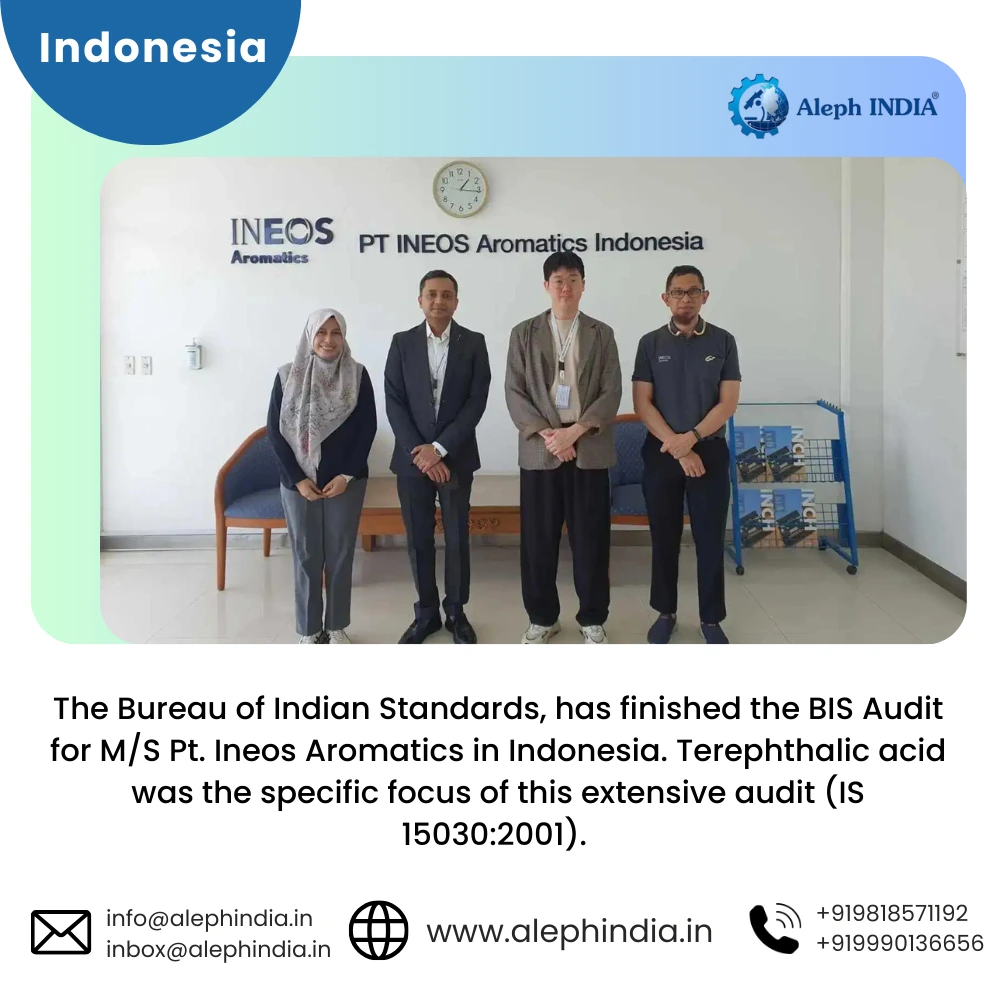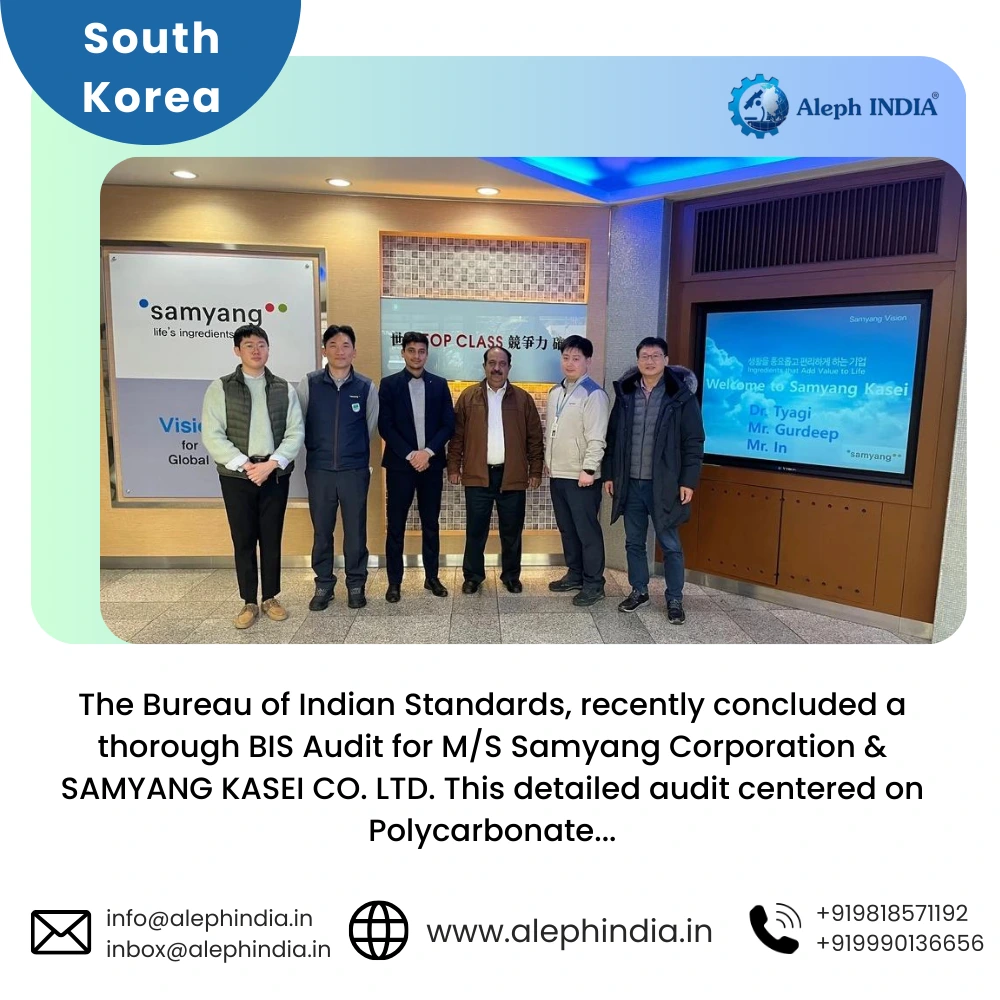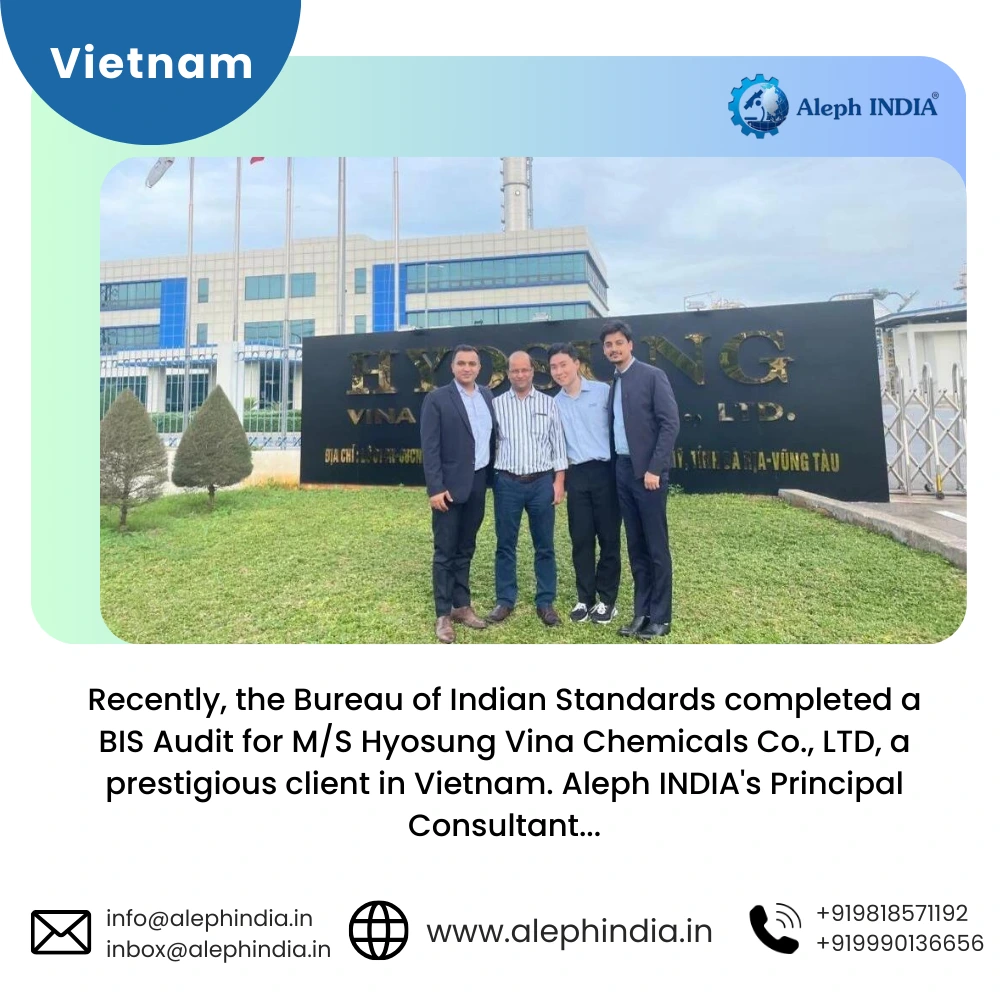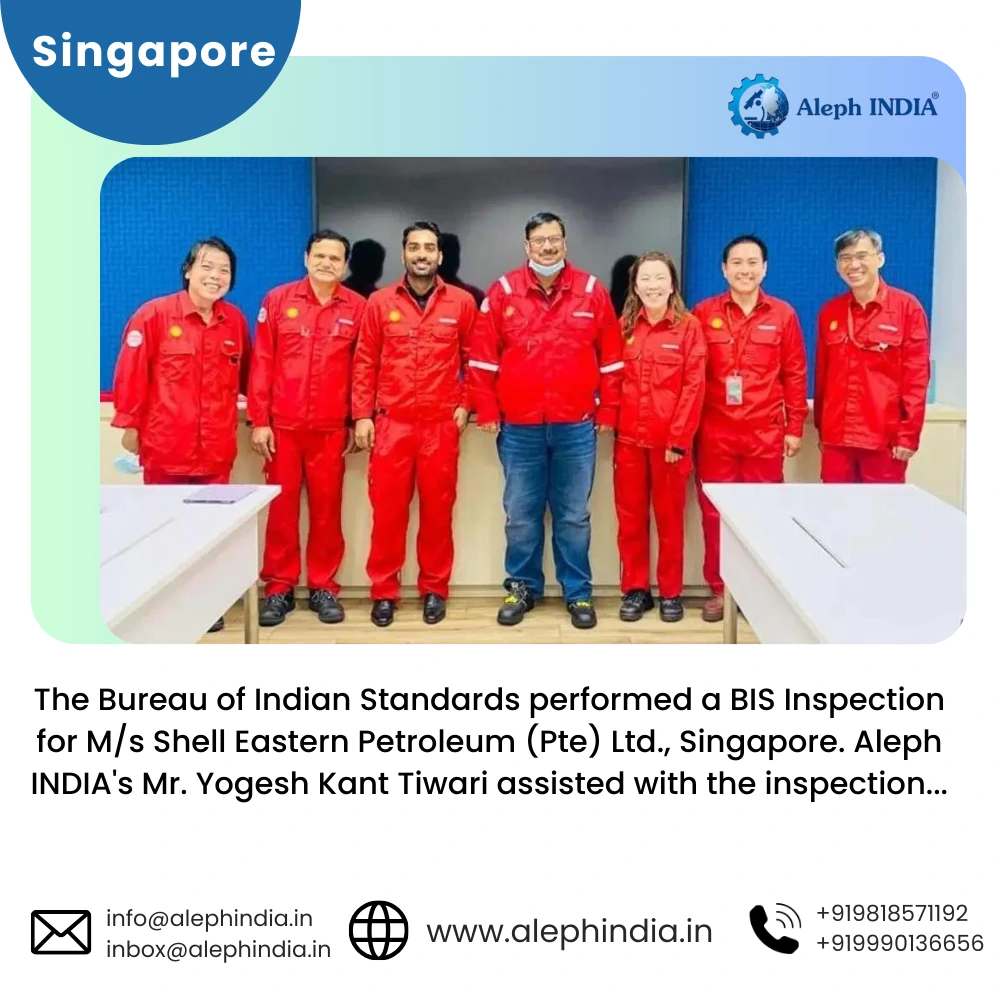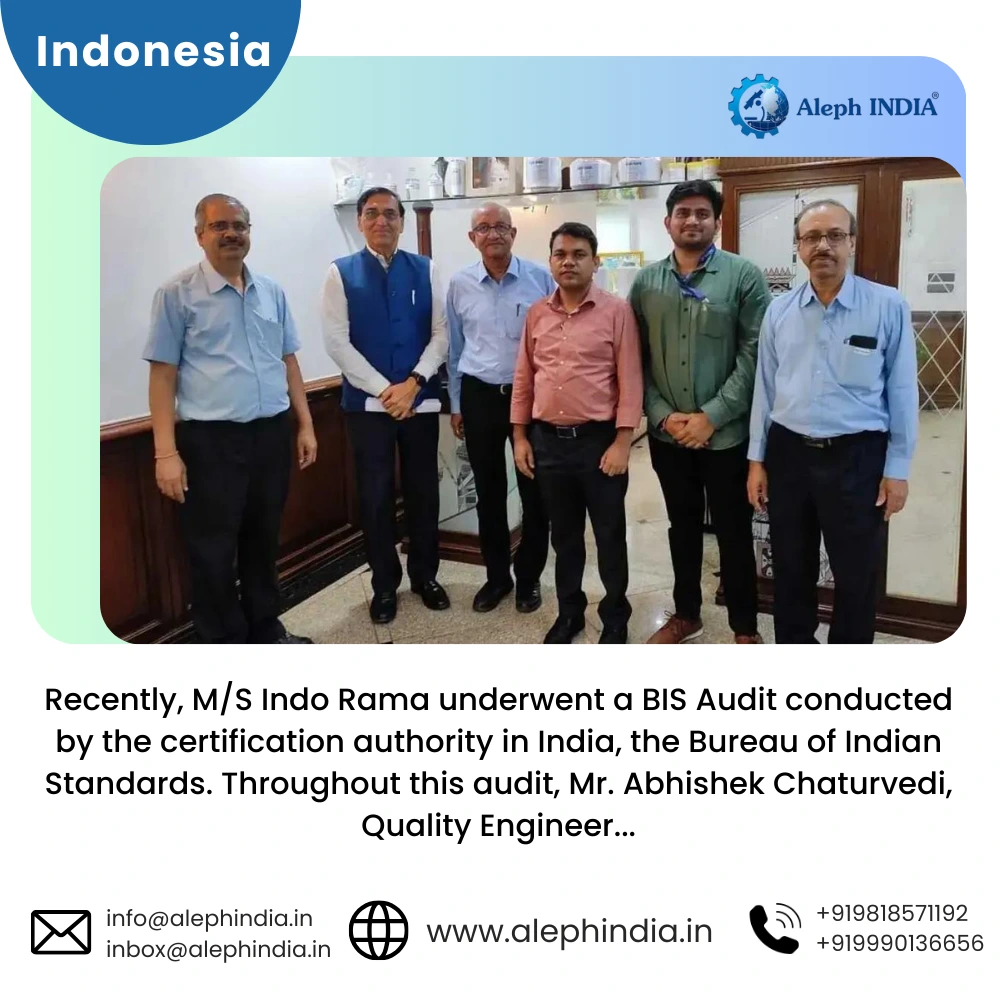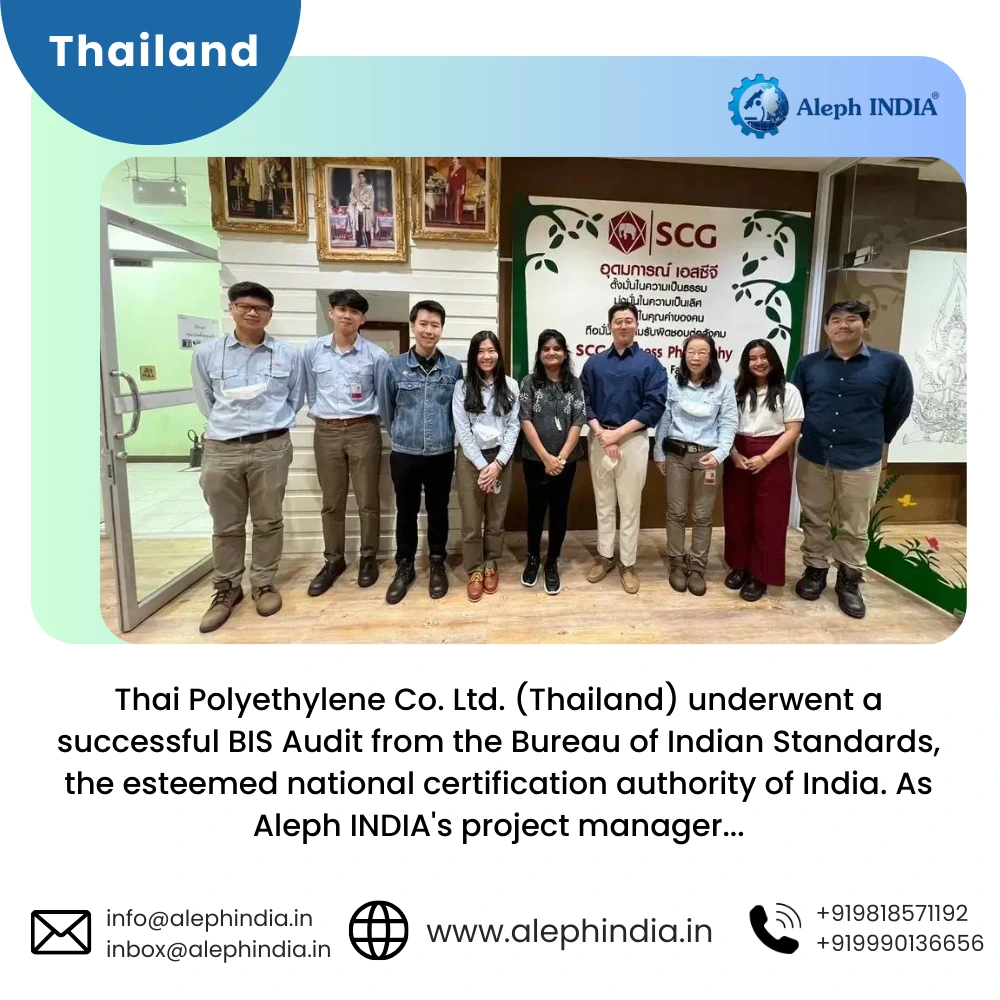BIS CERTIFICATION FOR PPE OCCUPATIONAL FOOTWEAR
IS 15298 (PART 4):2017
When we are a manufacturer, we always want to increase our market share and brand values. In this competitive scenario, it isn't easy to survive in the market without a standard quality and certified product. BIS license may also be required to sell product in Indian market.
To get BIS certification and produce a standard quality product, ensure that your product must follow the specified Indian Standard for that product.
Let's take a closer look at IS 15298(Part 4):2017 for occupational footwear.
Occupational footwear is covered under IS 15298 (Part 4):2017. This standard specifies basic and additional requirements for occupational footwear. Protective features are built into occupational footwear to protect the wearer from injuries caused by accidents.
Safety footwear incorporates protective features to protect the wearer from potential injuries caused by accidents. It is equipped with toecaps and is designed to protect against compression when tested at a compression load of at least 15 KN and against impact when tested at an energy level of at least 200 J.
Classification of footwear: According to the Indian Standard, Footwear is classified using the following code designations:
| Code designation | Classification |
|---|---|
| I | Footwear made from leather and other materials, excluding all-rubber or all-polymeric footwear. |
| II | All-rubber (i.e. entirely vulcanized) or all-polymeric (i.e. entirely moulded) footwear. |
Occupational footwear shall be made of materials that meet the Innocuousness requirement of IS 15298 Part 4: 2017. Footwear must adhere to one of the designs specified in the standard. Occupational footwear must meet the basic requirements given in the standard.
Depending on the risk that will be encountered at the workplace, additional requirements for occupational footwear may be required. In such cases, occupational footwear must meet the applicable additional requirement. If the Applicant/Licensee applies for both code designations, i.e. I and II, testing for both designations must be done separately.
Tests
The following test shall be carried out for occupational footwear:
- Tear strength test
- Tensile test
- Flexing resistance test
- Water vapour permeability and coefficient test
- pH value test
- Abrasion resistance test
- Chromium VI content test
- Dimension test
Each item of occupational footwear must be clearly labelled with information such as size, manufacturer identification mark, manufacturer's type designation, year of manufacture, European standard number and year, and other information specified in the standard. The Standard Mark (ISI Mark) may also be applied to each footwear. The Manufacturer must obtain a BIS license from the Bureau of Indian Standards to use a standard mark (ISI Mark). The Bureau grants a license based on a successful assessment of manufacturing infrastructure, production process, and quality control and testing capabilities during a visit to its manufacturing premises.

NOTE:
For Detailed Information about the Procedure for BIS ISI Certification,
Visit :
ISI Mark Certification for Domestic ManufacturersISI Mark Certification for Foreign Manufacturers
Conclusion:
If a product falls under the scope of the BIS Conformity Assessment Scheme, All the manufacturers, importers, and foreign entities must obtain BIS ISI Certification. The Bureau may cancel the License if the product fails to meet certification requirements.
Aleph INDIA has been serving the industry as a single-window operator for all product regulatory compliance. We can assist importers or manufacturers in meeting all criteria for importing or selling a product in the Indian market.
International Audits & Participation
Testimonials
BIS REGISTRATION FOR ELECTRONIC & IT PRODUCT
In the era of globalization, world trade is growing rapidly and henceforth, Manufacturing and Import/Export businesses are also growing drastically...View More
BIS CERTIFICATE FOR FOREIGN MANUFACTURER
The Economy of India-the fastest developing economy on the globe with the capabilities that help it matches up with the biggest international...View More
PRODUCT CERTIFICATION SCHEME (ISI MARK) FOR DOMESTIC MANUFACTURERS
Anything a person buys from food to cars, clothes to electronics, branded to unnamed products there is always a question that wanders in one’s...View More
WIRELESS PLANNING AND COORDINATION (WPC)
WPC: Wireless means communication done from one point to another point without the wires and cables. Electromagnetic waves carry the ...View More
BUREAU OF ENERGY EFFICIENCY (BEE) CERTIFICATE
BEE CERTIFICATE: Energy is the future, and its conservation is the way of the bright future. Everyone claims the environment is important...View More
E-WASTE MANAGEMENT
E-waste is one of the world's fastest-growing trash streams. We currently manufacture almost 50 million tones of it each year...View More
Request a call back.
Would you like to speak to one of our Senior Technical advisers over the phone? Just submit your details and we’ll be in touch shortly. You can also email us if you would prefer.
BIS REGISTRATION FOR ELECTRONIC & IT PRODUCT
In the era of globalization, world trade is growing rapidly and henceforth, Manufacturing and Import/Export businesses are also growing drastically...View More
BIS CERTIFICATE FOR FOREIGN MANUFACTURER
The Economy of India-the fastest developing economy on the globe with the capabilities that help it matches up with the biggest international...View More
PRODUCT CERTIFICATION SCHEME (ISI MARK) FOR DOMESTIC MANUFACTURERS
Anything a person buys from food to cars, clothes to electronics, branded to unnamed products there is always a question that wanders in one’s...View More
WIRELESS PLANNING AND COORDINATION (WPC)
WPC: Wireless means communication done from one point to another point without the wires and cables. Electromagnetic waves carry the ...View More
BUREAU OF ENERGY EFFICIENCY (BEE) CERTIFICATE
BEE CERTIFICATE: Energy is the future, and its conservation is the way of the bright future. Everyone claims the environment is important...View More
E-WASTE MANAGEMENT
E-waste is one of the world's fastest-growing trash streams. We currently manufacture almost 50 million tones of it each year...View More
View All Services
Request a call back.
Would you like to speak to one of our Senior Technical advisers over the phone? Just submit your details and we’ll be in touch shortly. You can also email us if you would prefer.



